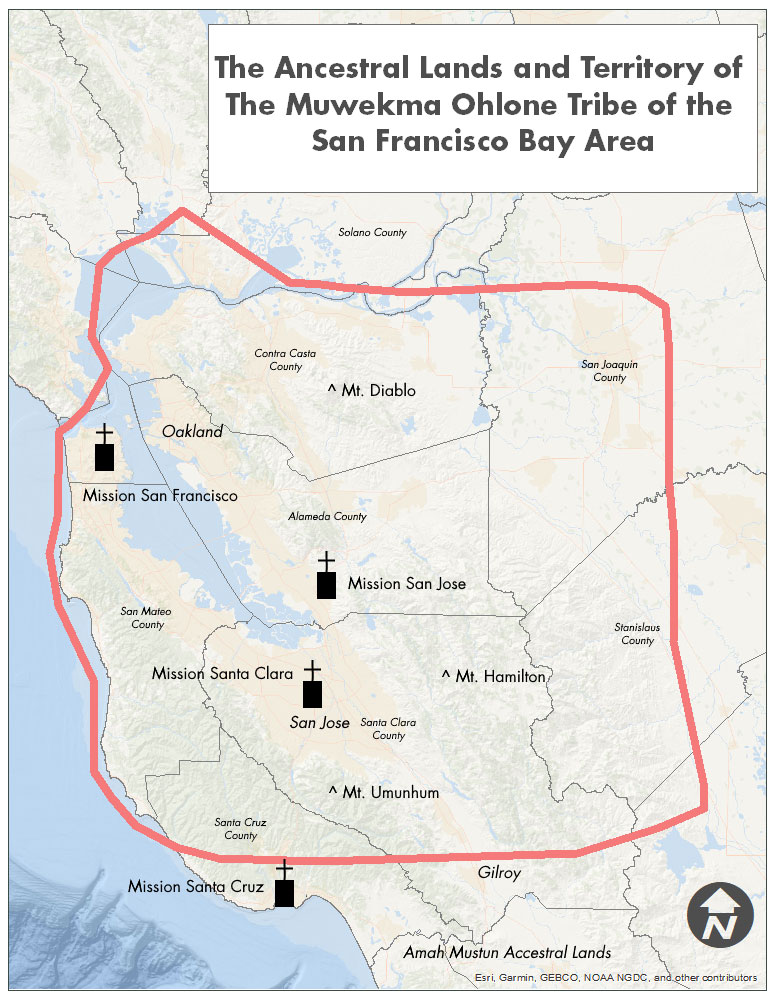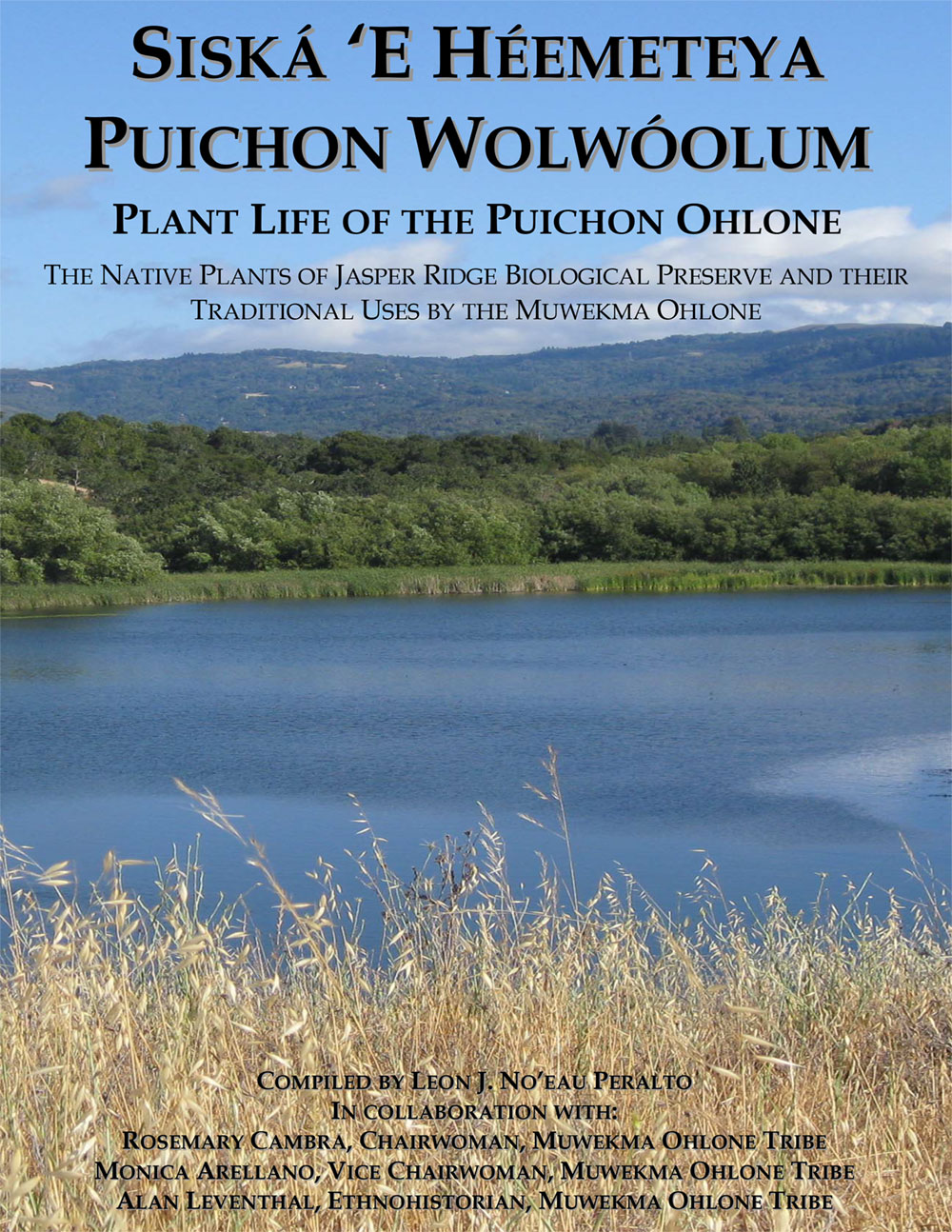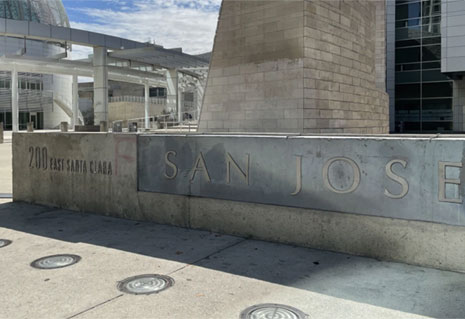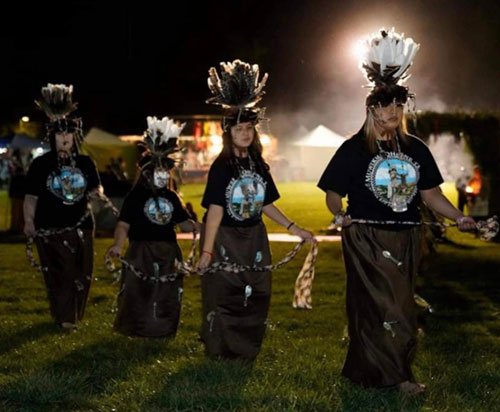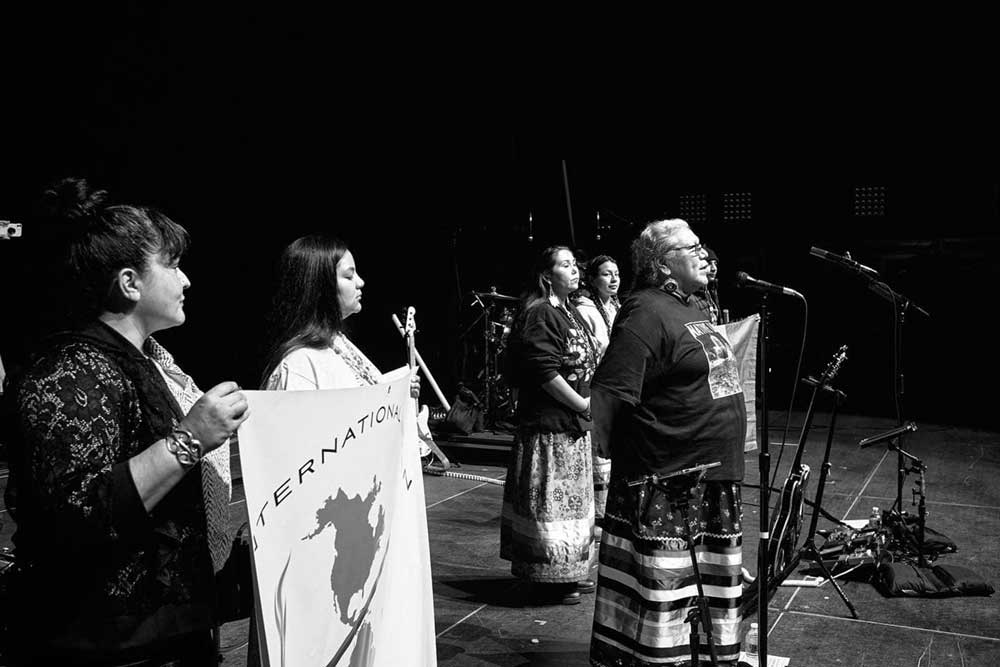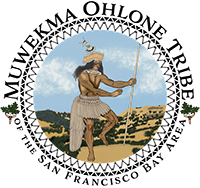-
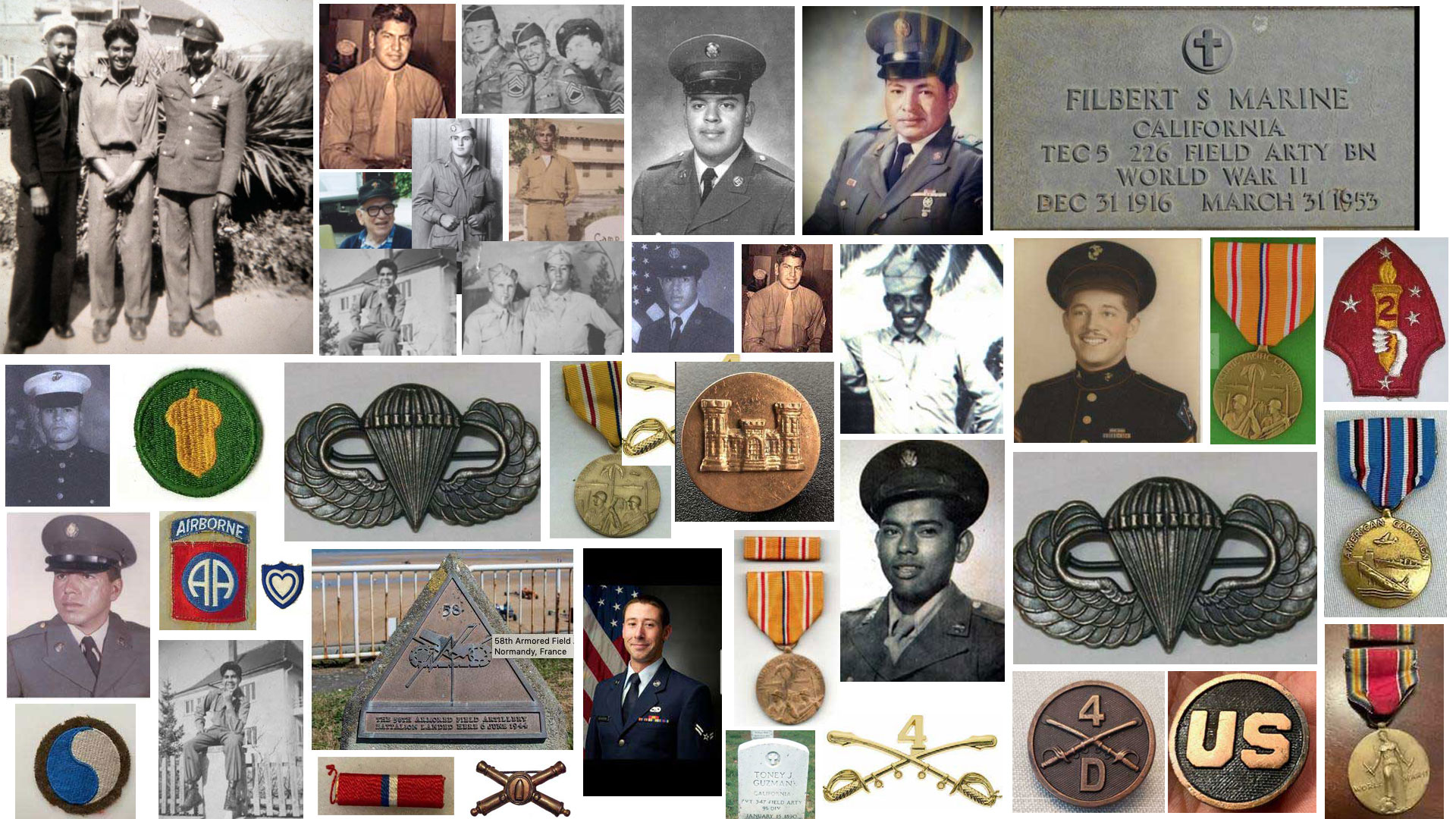 The Muwekma Ohlone Tribe holdsRead More
The Muwekma Ohlone Tribe holdsRead More
a profound commemoration to honor
Memorial Day, Veteran's Day, and the
solemn remembrance of 9/11 -
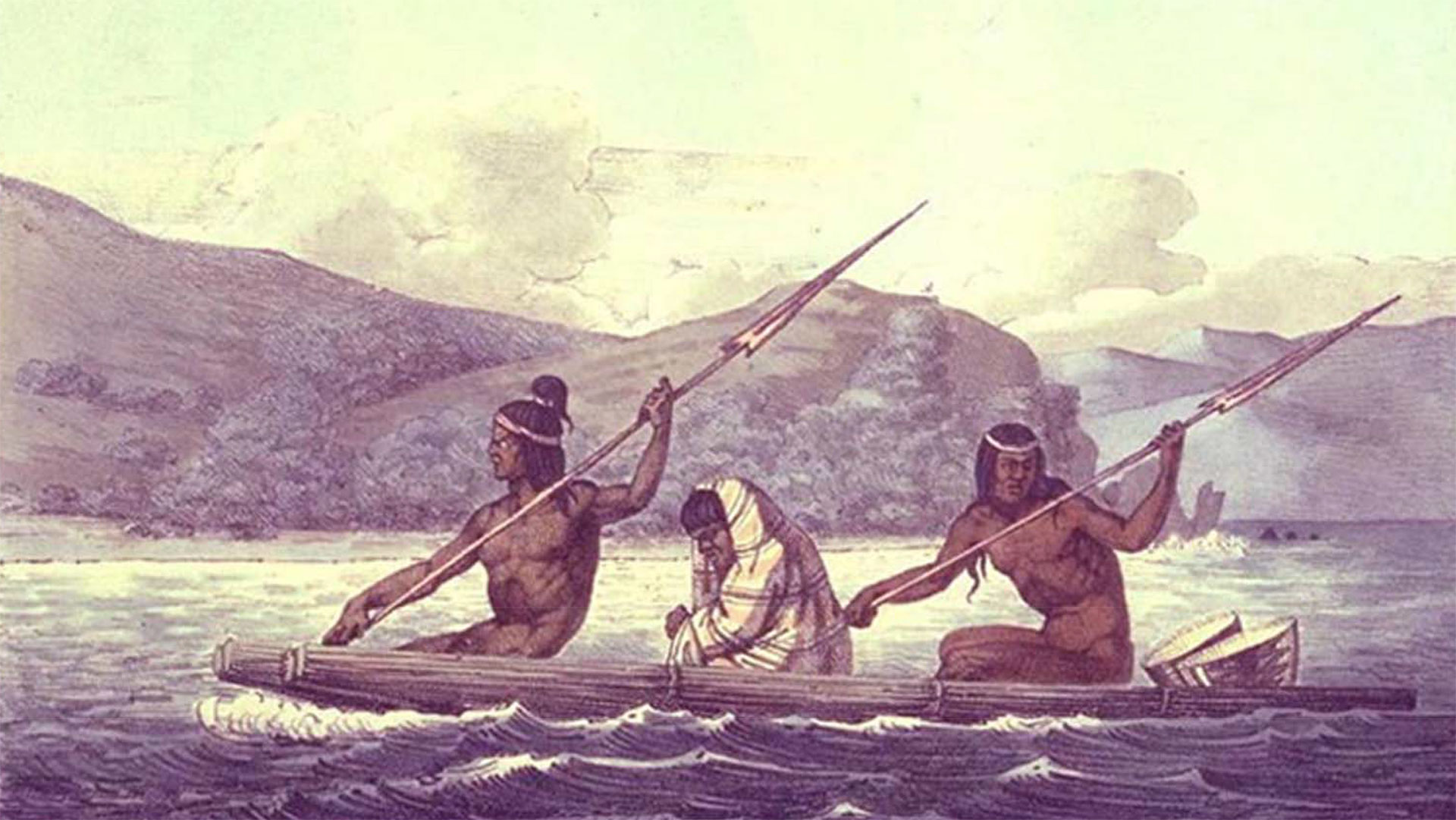 Muwekma Ohlone IndiansRead More
Muwekma Ohlone IndiansRead More
in a Tule Boat on
San Francisco -
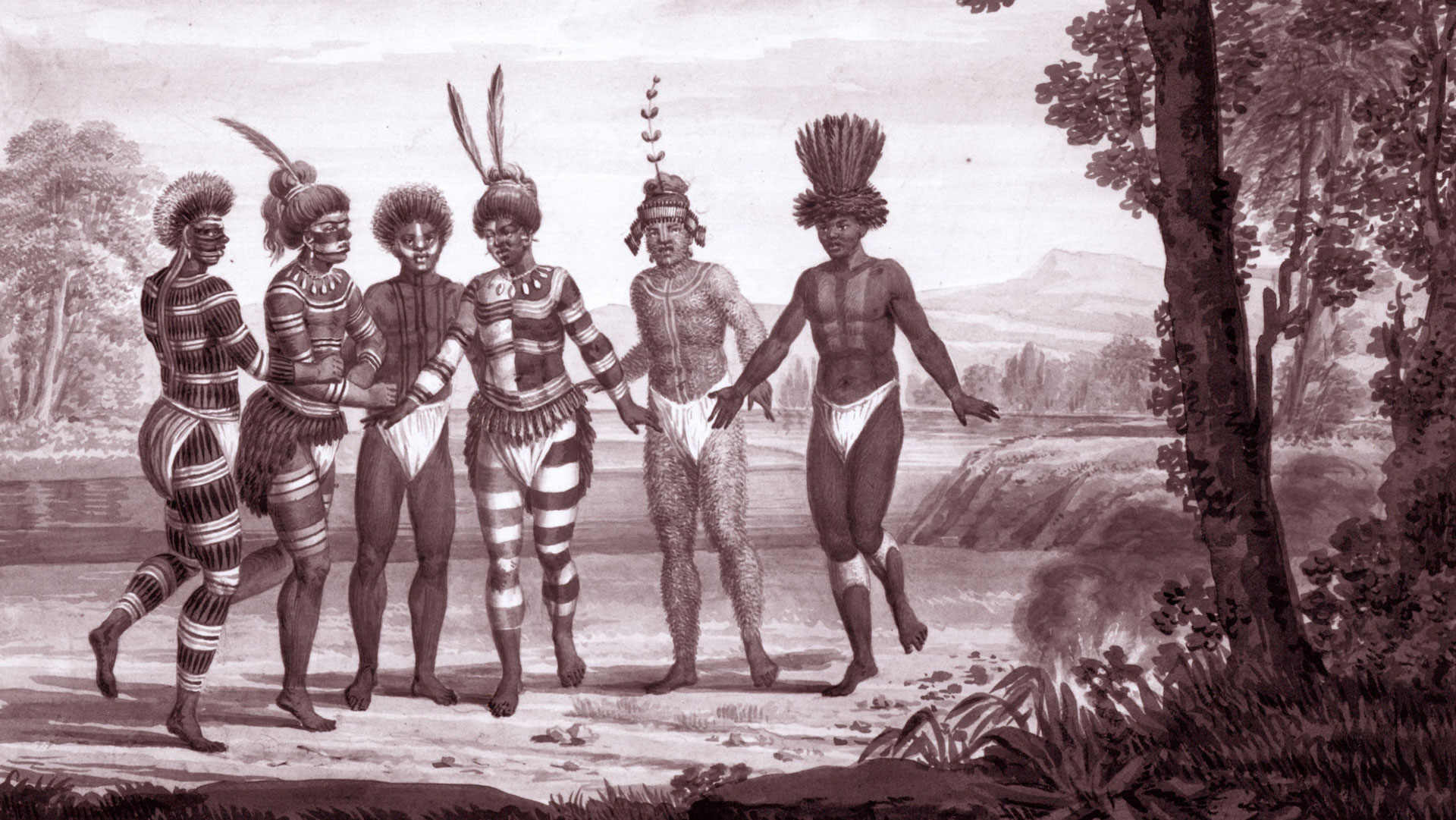 Muwekma Ohlone IndianRead More
Muwekma Ohlone IndianRead More
Dancers at Mission Jose in
Fremont -
 The Muwekma Ohlone Tribe holdsRead More
The Muwekma Ohlone Tribe holdsRead More
a profound commemoration to honor
Memorial Day, Veteran's Day, and the
solemn remembrance of 9/11 -
 Muwekma Ohlone IndianRead more
Muwekma Ohlone IndianRead more
Dancers at Mission Dolores in
San Francisco -
 Santa Clara University Native HistoryRead more
Santa Clara University Native HistoryRead more
Tour and the Muwekma Ohlone Tribe:
Learn about the Indigenous heritage of
the lands occupied by Santa Clara University
“LISTEN: Inside the extortionate meeting with the Bay Area congressional delegation”
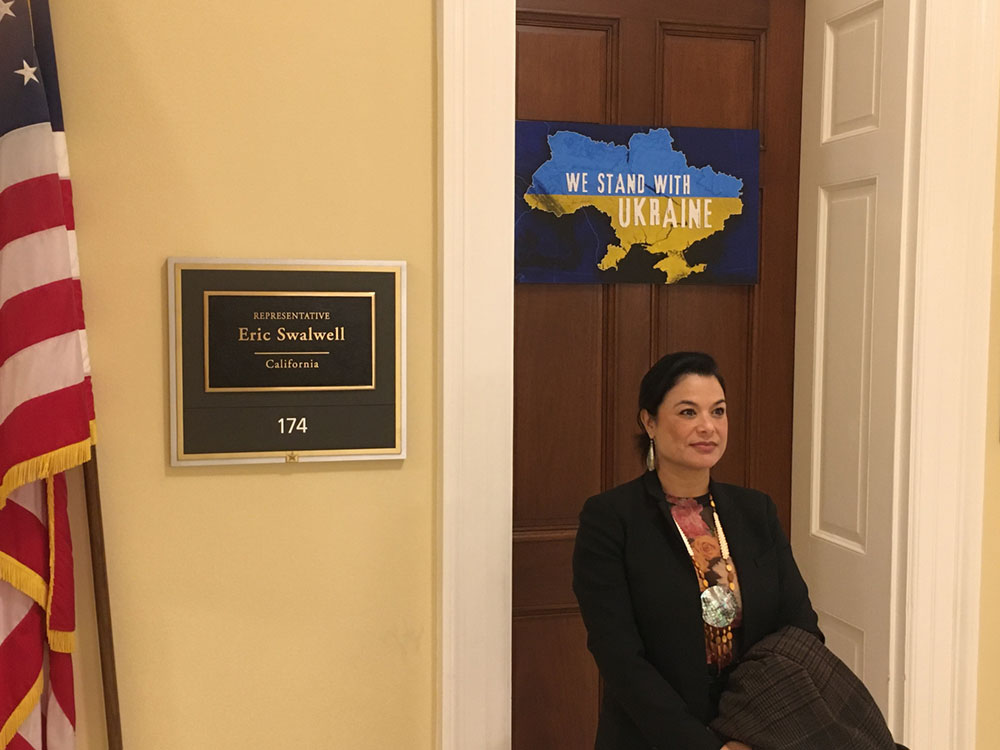
TUNE IN to listen to the Chairwoman's congressional meeting with the Bay Area delegation. The controversial meeting sparked concern, outrage, and disappointment in the Bay Area and stands in contrast to the wide support the Tribe has received from the Bay Area and a bipartisan coalition of Congress.
